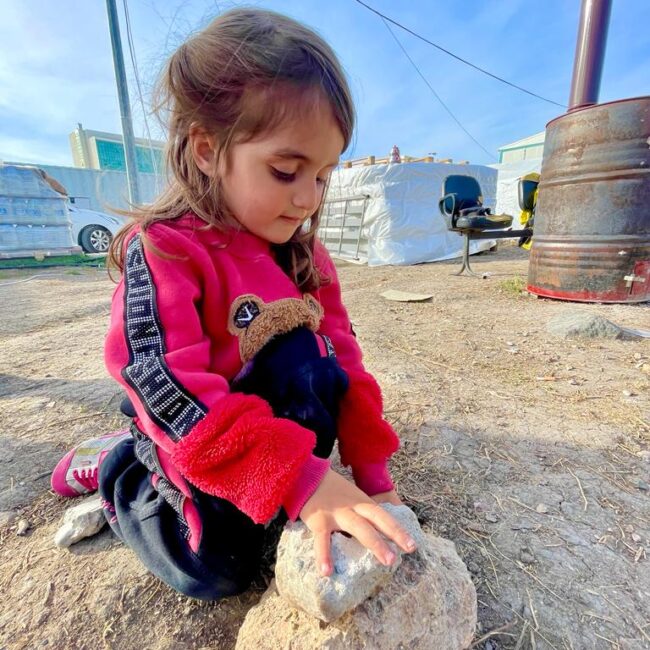
Anger grows louder in Türkiye
Anger grows louder over the failure to properly manage the aftermath of the earthquake and the tolerance for inferior construction
Update on February 18th: The earthquake killed at least 45,000 people, 39,672 in Türkiye. Rescue teams pulled three people alive, 11 days after the earthquake, from under collapsed buildings.
Update on February 14th: The death toll surpassed 35,000. Türkiye buried at least 31,000 according to the officials. Syria still faces challenges to get international help. “We have failed the people in north-west Syria” and they “rightly feel abandoned” said the UN’s emergency relief coordinator, Martin Griffiths. The earthquake had affected 10.9 million people and that as many as 5.3 million might have lost their homes according to the UN.
As our collective pain gets deeper and our anger stronger, we don’t want to lose our hope. The news on rescuing a 10-year-old girl from a collapsed building in Hatay, after 147 hours keeps our hope alive.
February 12th
While we bury more than 25,000 bodies in Türkiye, anger grows louder over the slow response to the earthquake and the tolerance for inferior construction.
This could be the end of an era. It started with the deadly earthquake that struck northwestern Türkiye in 1999 and killed 17,000 people. The government at that time didn’t respond quick enough. As a result of the outrage, Recep Tayyip Erdogan rose up from the rubble and was elected and served as prime minister from 2003 to 2014, when he became president. After running the country for two decades, he’s now received the same criticism.
During his visit on Friday to communities struck hard by the earthquake, Erdogan acknowledged that the government’s initial response was slow, The New York Times reported. The limited trained rescue squads, the lack of equipment and the inefficient coordination of various group efforts when help finally arrived were factors in the exponentially increasing death toll.
This is not the first time Erdogan’s crisis handling has been questioned. The disastrous wildfires in 2021 killed at least eight people and injured dozens, while destroying hundreds of square miles of forest, farmland and homes.
After suffering a year of persistent high inflation, survivors are unlikely to bounce back. Inflation declined to 60% in January from over 80% last year, The Wall Street Journal reported l, but construction work after the earthquake is likely to reignite it. Türkiye’s economy is already highly vulnerable to fluctuations. It heavily depends on foreign-capital flows and low foreign-exchange reserves, according to the Organization for Economic Co-operation and Development, a Paris-based think tank reported in November. The areas hit hard provide about 15% of Türkiye’s agricultural output and 9% of its industrial output, according to Liam Peach, senior economist at Capital Economics.
Also fueling the anger is the fact that Monday’s earthquake flattened at least 6,000 buildings. People are rightfully asking WHY. Were buildings meeting codes and regulations? Where was the authority to enforce the rules? After the earthquake in 1999 killed 17,000 people, preparing for earthquakes was supposed to be a top priority and major agenda item for the government.
Clearly something went wrong. Proper codes and regulations were most likely not being followed. In response to the anger, more than 100 people in charge of construction in areas affected by the quake were detained and Earthquake Crime Investigation Units will be formed, according to the state-run Anadolu Agency.
But the reasons for the anger didn’t end there. On Saturday, unrest in the region paused rescue efforts, reported The Guardian. Forty-eight people were arrested for looting, according to Agence France-Presse. Approximately 93,000 survivors had been evacuated from the earthquake zone, The New York Times reported. Now, officials must protect survivors’ homes.
*Featured image taken by Emily Garthwaite for The New York Times





